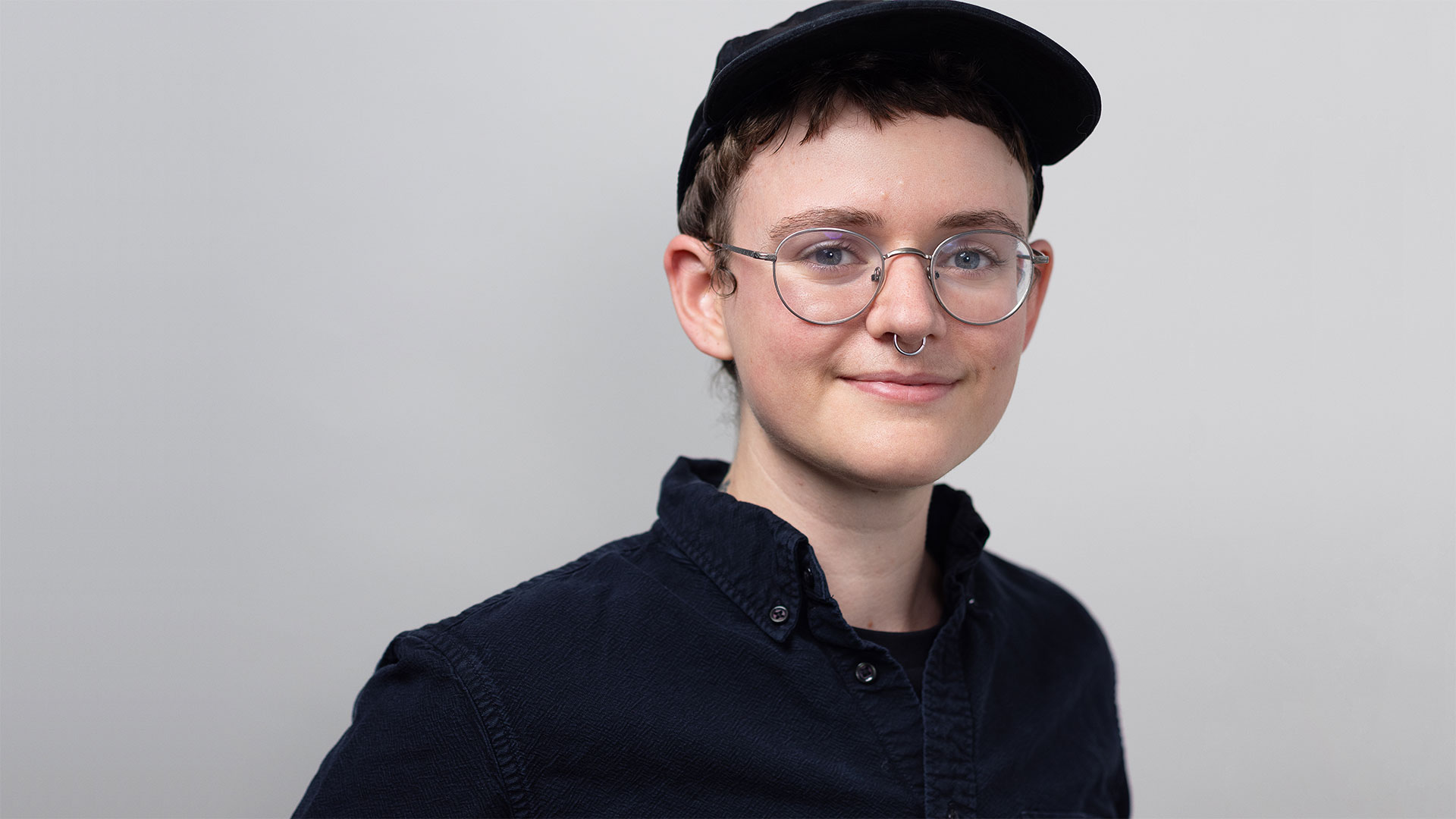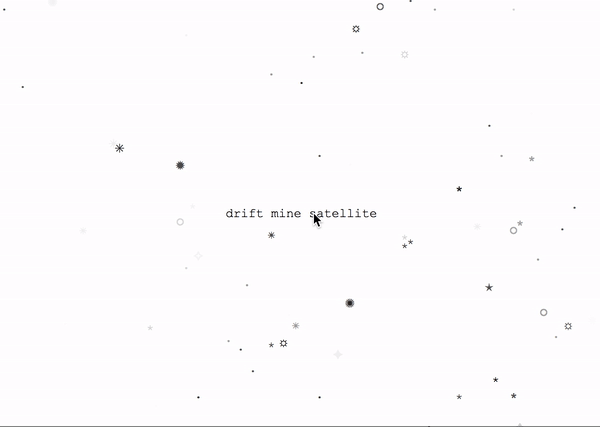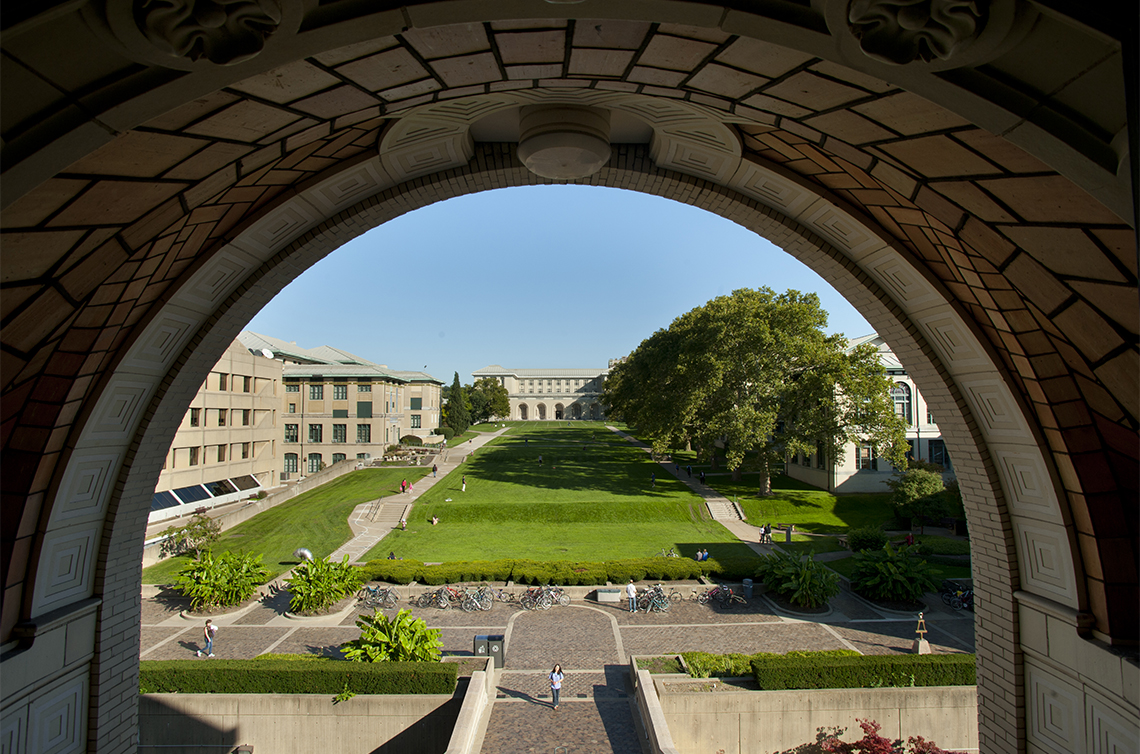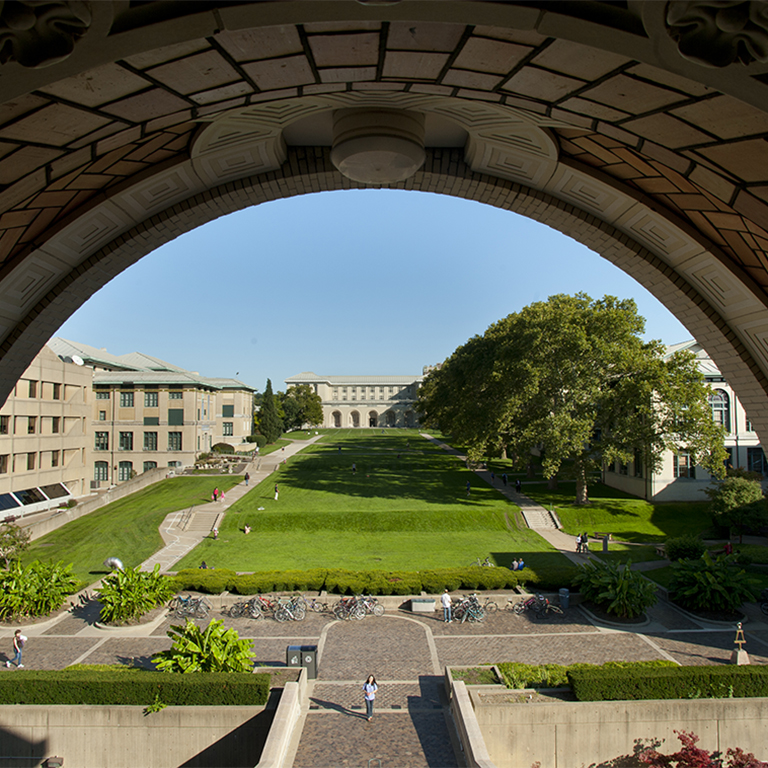
“5 Questions” is an ongoing series with School of Art alumni who are transforming art, culture, and technology, exploring their creative practices, career milestones, and Carnegie Mellon memories.
Known for poetic, community-driven projects that bridge worlds, Everest Pipkin (MFA ’18) works across drawing, software, and game design to imagine more caring and sustainable futures. Their practice includes open-source tools, handmade web environments, and games that challenge how we relate to technology, nature, and one another. Ahead of their October 21 lecture at the School of Art, Pipkin reflects on the internet as a public good, their evolving approach to artmaking, and the lessons they carry forward from their time at Carnegie Mellon.

1
As a preview, will you share a bit about your artist lecture?
I’ll be talking about game worlds, their boundaries and edges, ideas of the “walled garden” as applied to digital spaces, and — if I can find the time to properly set these ideas to paper — some thoughts about “treats,” pleasure and desire as design principles, and ways that these principles can be decoupled from dopamine-machine type design.
2 & 3
You’ve described the internet as a public good, a space that can be intimate and accessible — how did those ideas become central to your practice? What connections do you see between ecological and digital worlds?
The digital is the ecological — and I mean this in multiple ways. Obviously, there is no digital world without the physical to hold it, from data centers to rare earth mines to cabling through rural areas. We see this every day, from the extreme energy usage of much contemporary computation (and its social and environmental costs) to sharks chewing on deep sea fiber optic cables. They are simply not separate from one another. Digital spaces may be a kind of built interiority, like our homes and cities. They may sit inside of the wild but are never separate from it. They are intersecting.
But the digital is also like the ecological, and ecological lessons around sustainability, maintenance, and co-habitation are transferrable to our digital spaces too. The degradation of the contemporary internet due to AI scraping and SEO-optimized generated slop certainly resonates with real world examples of over-harvested natural areas.

A lazy analysis might shrug, pointing at old metaphors like the tragedy of the commons, and say “well, that’s what happens to spaces that allow unfettered access by the public.” But of course, the tragedy of the commons has been critiqued extensively, primarily because the open-access 19th century English lands referenced in Hardin’s 1968 essay had already been enclosed, had already restricted true public usage to a small subset of lands and otherwise granted managerial powers to common lands to a set of lords. Instead of extrapolating a “human tendency” from the destruction of a public good by mismanagement by a small set of powerful people, we can instead consider this a tragedy because it is an exception to millennia of successful human cohabitation with landscape, across many cultures and eras.
Even now, beset by bots and hemmed in by private equity at all sides, there are places on the internet that feel healthy and loved. They are built and maintained by people, for and with their communities, with an ecological-scaled attention.
4
Tell us about a recent project you’ve been exploring.
I’m working on smaller projects and writing as they come and go, but most of my studio time right now is towards an unannounced eco-horror mystery game set on a generation ship. Think… isolated communities, dystopian cottagecore, the kernel of horror that is inherent in farming sims, space colonization fantasies, and “open worlds.” I’ve been working on this for almost four years now with a small team, and it is unequivocally the most ambitious project I’ve taken on. We’ve got some years still to go, but the development process on it has really been a joy and I’m excited to talk more about it someday soon.

5
What advice would you give current and future MFA students at CMU?
More than anything, I want to encourage you to spend time with and give to your communities, both inside and outside of the arts. You know better than anyone that it is not easy right now, and not liable to get easier for some time, the process of which will require work. That work can’t be done alone. The lift is easier with others. Meanwhile, a funny side effect of general social solidarity is that these communities and connections push and teach artistically as well — will inform a practice, will leak into research, and will point in new directions and towards new answers. Which is all to say — having a creative practice can be isolating, but it is through attending to the world that the work can speak to the world.
More from Everest Pipkin | everest-pipkin.com | @everestpipkin




